
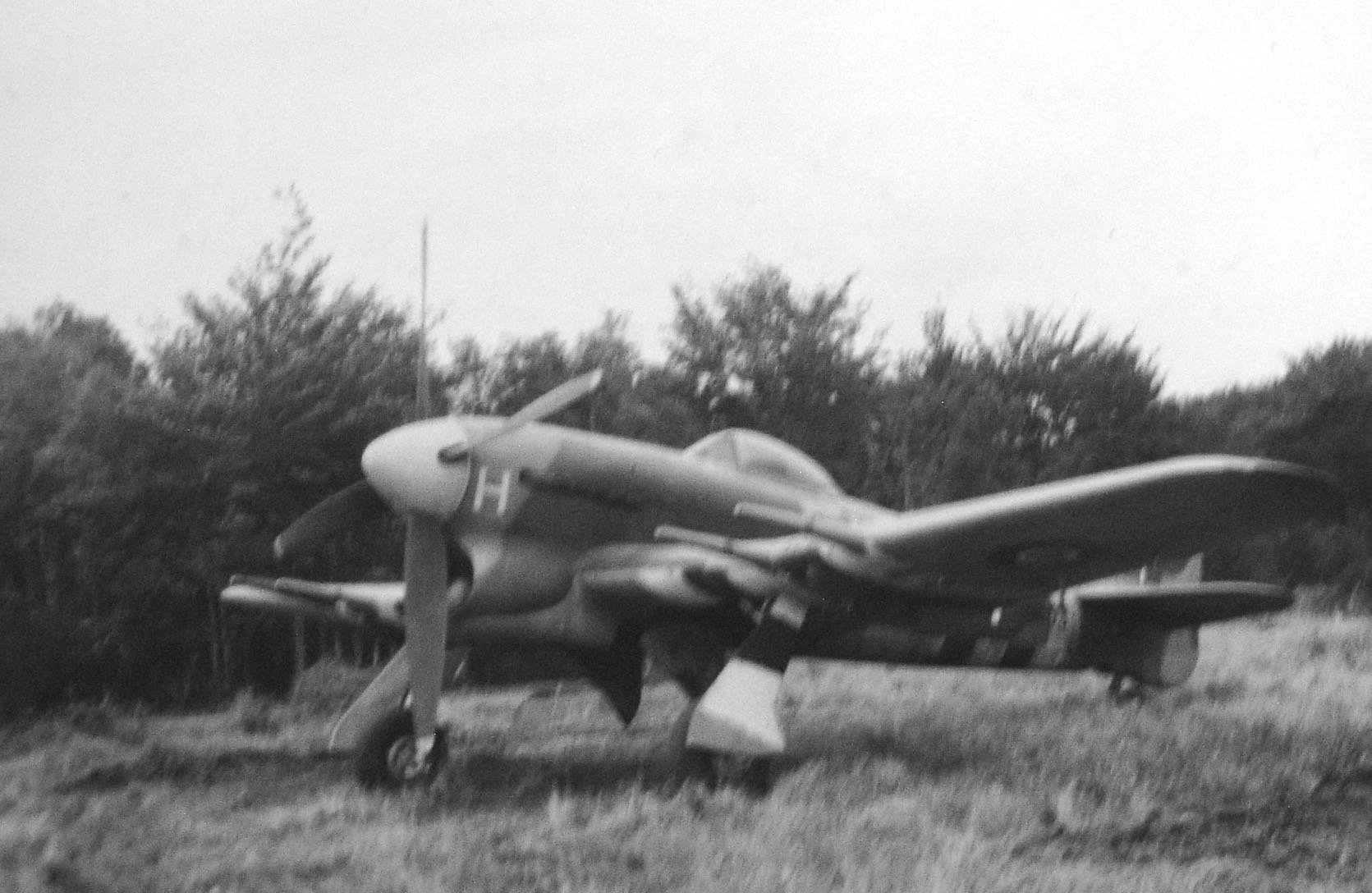
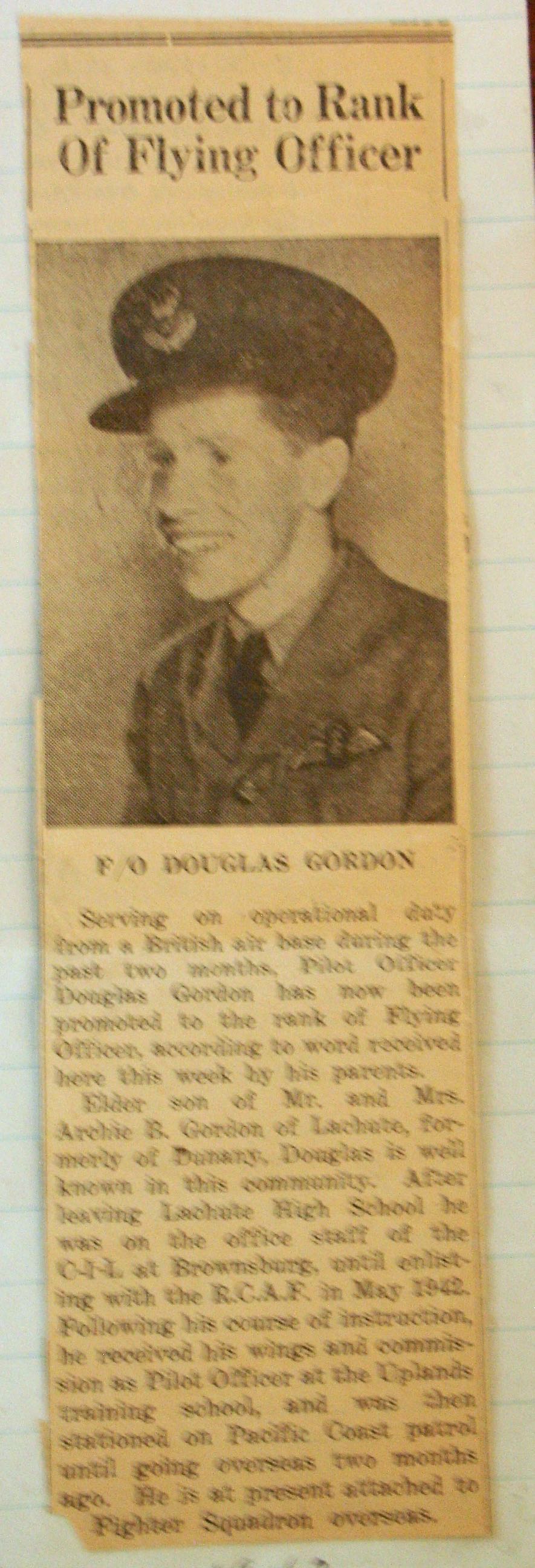
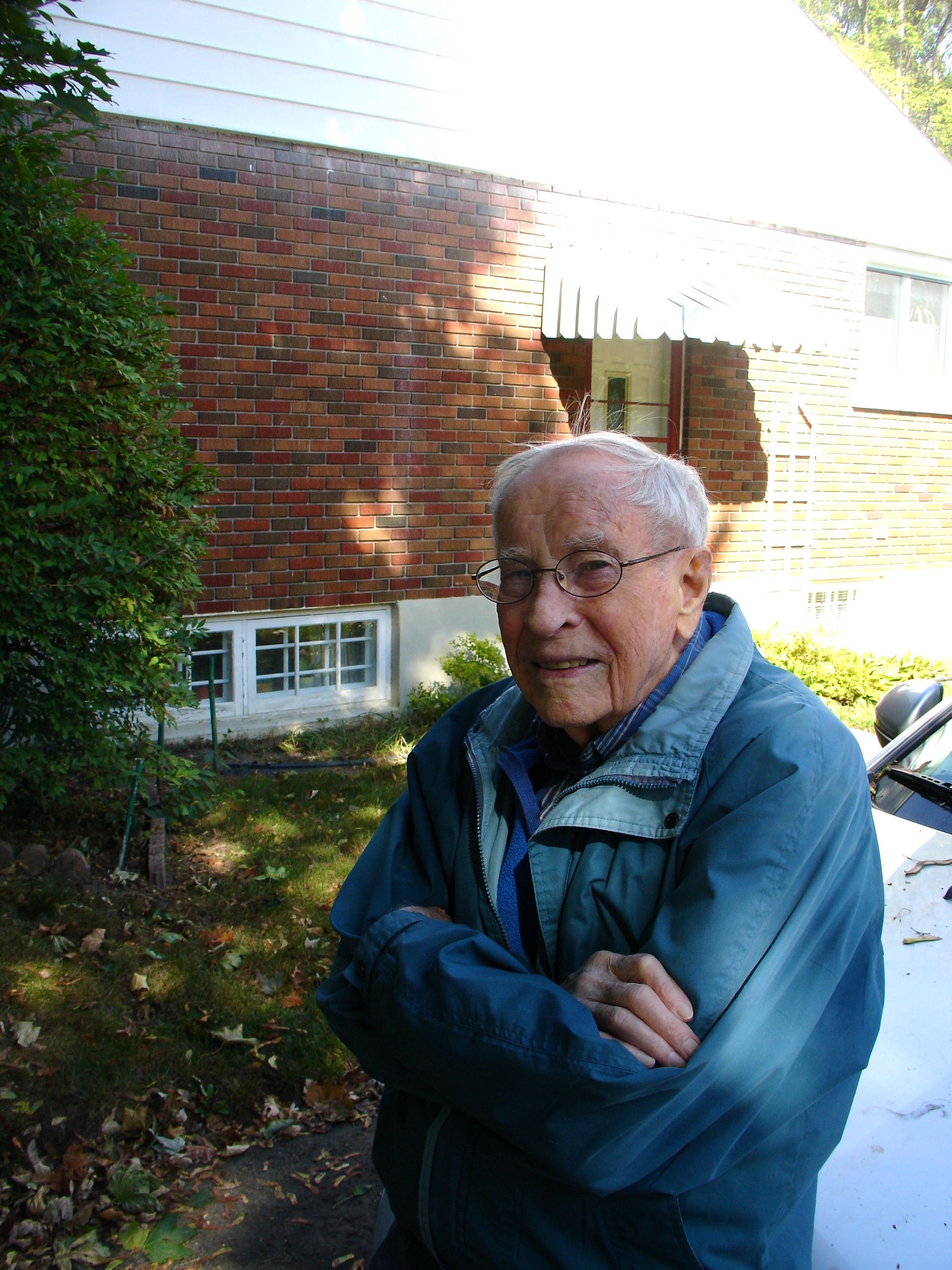
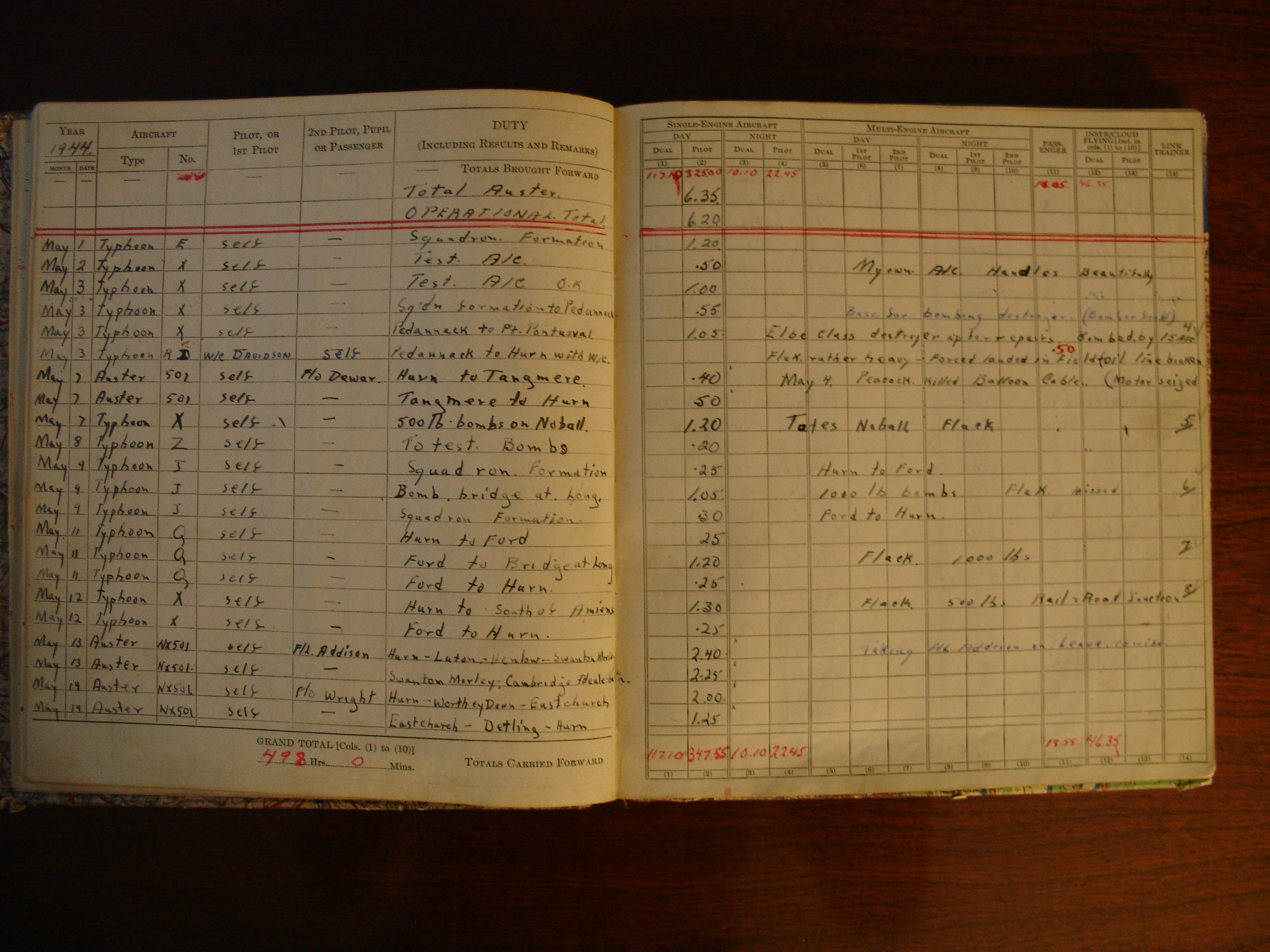
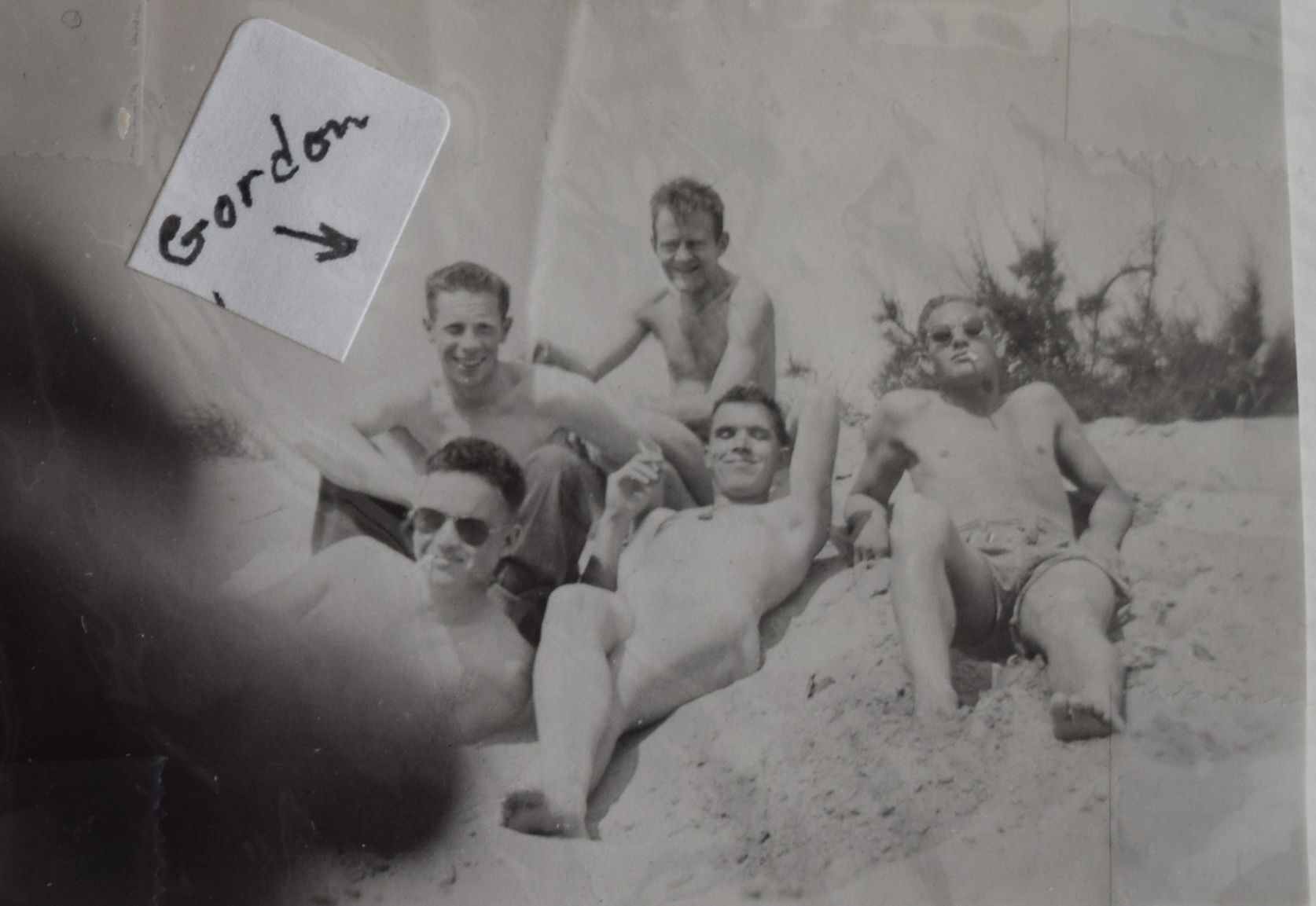
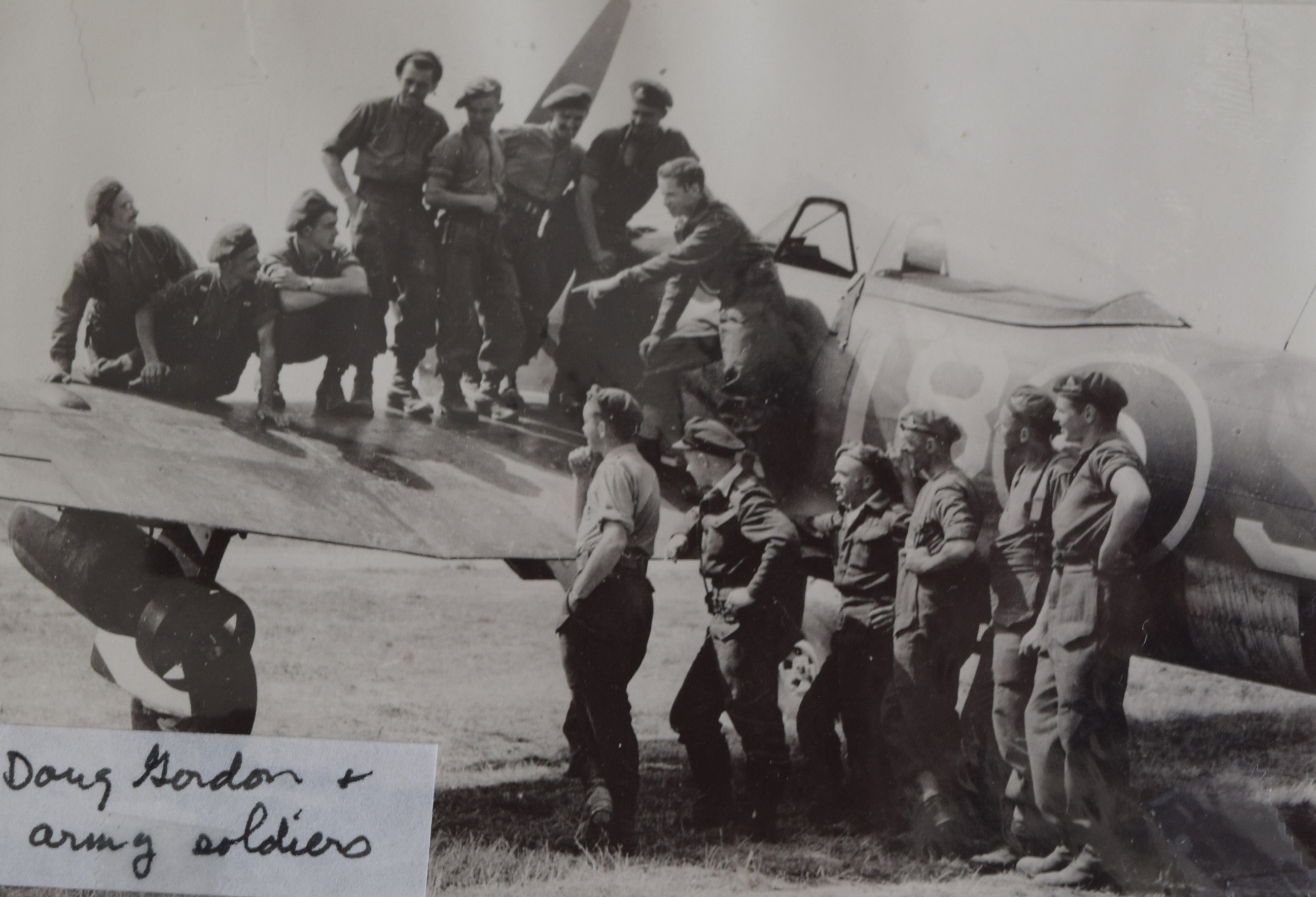
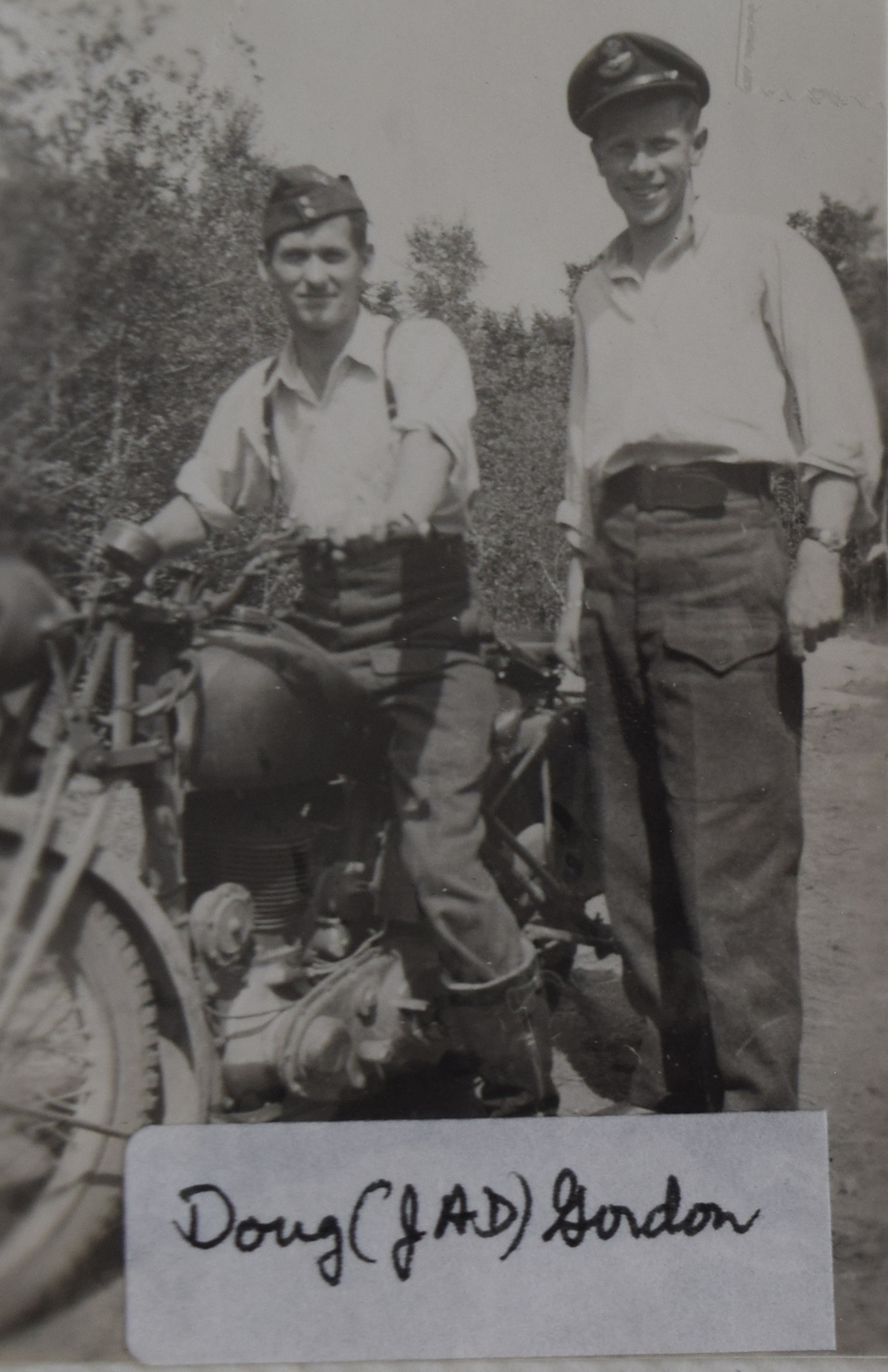
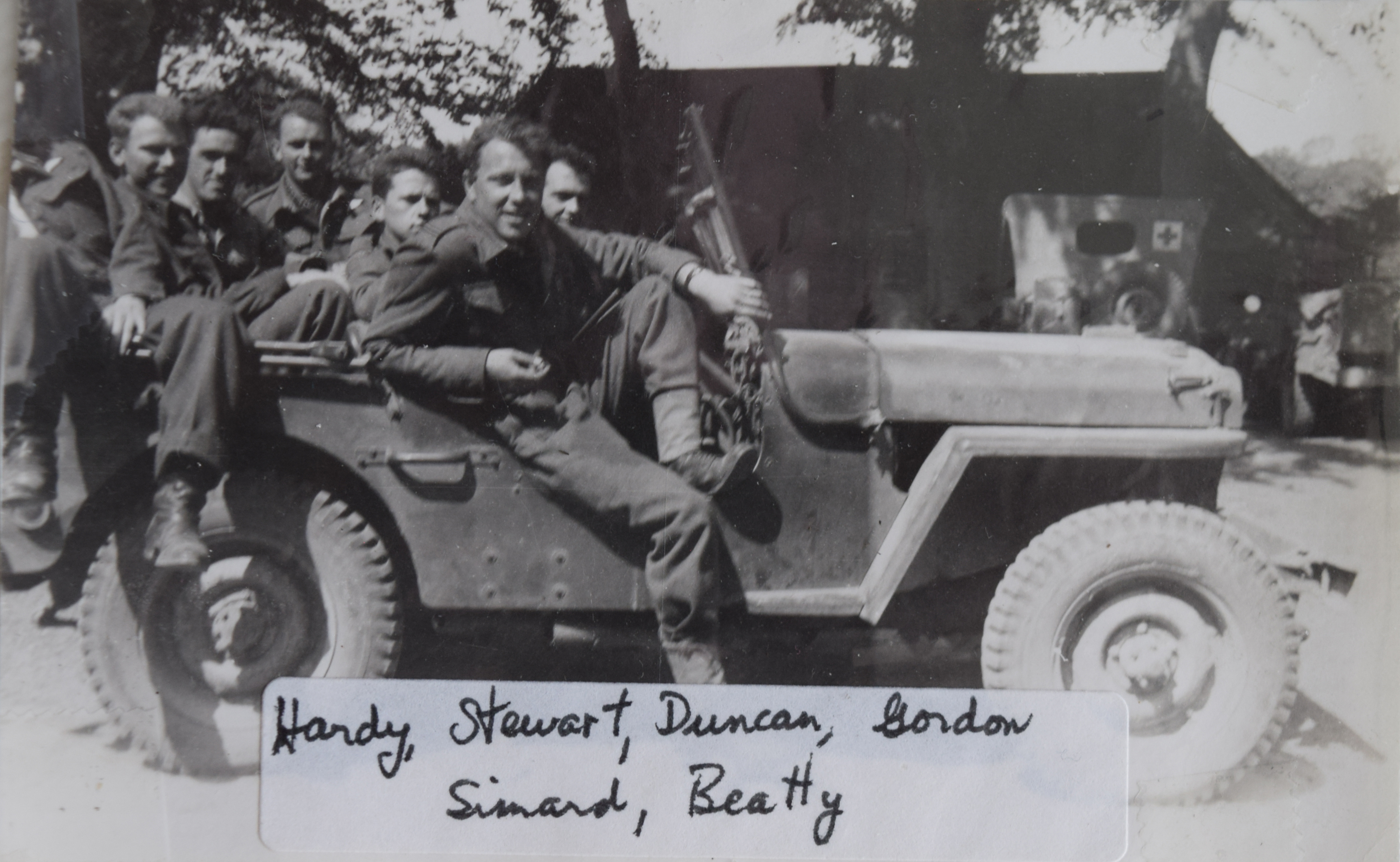
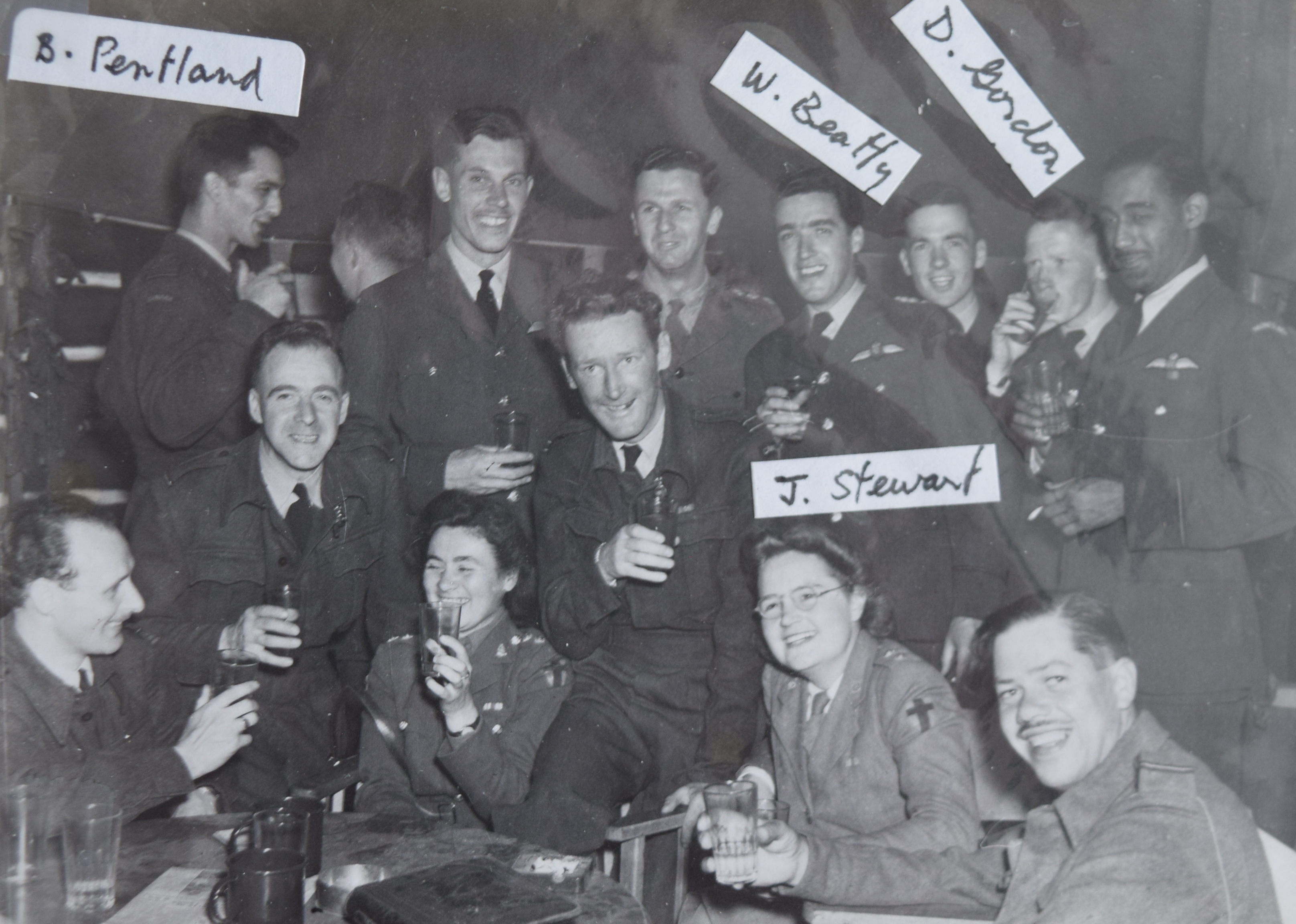
March 19, 1923 - November 13, 2019










The elder son of Mr. and Mrs. Archie B. Gordon of Lachute, Quebec, John Alexander Douglas (Doug) Gordon enlisted in Montreal in 1942; he wanted to join the RCAF in 1941 at the age of 18, but his mother felt he was too young. He was a clerk in civil life. He was called up in May 1942. In November 1943, he was transferred from 132 Squadron to 111 Squadron. They were short of pilots when they came out of Alaska. I flew over to Pat Bay and checked in with the Admin Officer and he said,
By January 1944, Gordon was shipped out to England, flying Hurricanes for two months, then onto the Typhoon. Good bye!
Basically, he was telling me, Get going!
He said, The Typhoon was a mean aircraft. The first time I took off, after flying a Hurricane, I was off the runway into a field. It operated opposite to what I was used to. The propeller was 14.5 feet! It rotated in the opposite direction to the Hurricane and Harvard. But you got used to it! We were landing on dirt fields in France.
Flying with 440 Squadron, the Typhoons were in support of the British Army. Usually we flew just one operation a day, but on D-Day, there were a couple of Ops a day.
We wore brown uniforms in France only because the Germans had a bluish uniform. When we went back to England, we had to put our blue uniforms back on again.
Gordon still has many artifacts from his days as a Typhoon pilot. In our escape kit, we had Horlicks tablets, candy, maps, a first aid kit, a button compass, and a hacksaw. Our boots could convert to shoes. The knife was in the inside part of the boot.
Gordon recalls his fellow pilots. We lived in tents. In the middle of one night, I ended up outside of the tent and under a tree...because Ramsay Milne was a heavy snorer! I lost three of the men I bunked with in the tent: Allman and Colville died and Milne became a POW. After the tents, we lived in a jail cell in Holland!
Gordon recalls his last operation. It was November 11, 1944. I had 99 ops recorded. We had destroyed three trains that day.
After his tour expired, he reported to Aston Downs where he flew Spitfires for two months in a pilot gunnery course. He then shifted back to Aston Downs where he was an instructor for Spitfire pilots who were being qualified to fly Typhoons.
Gordon recalls stories of many other pilots with 440 Squadron. Garside: he was from somewhere out west. His family wrote to me, asking what happened to him. I was flying on his wing. I was his No. 2 man. He did not get shot down by flak. There were several German vehicles along the road and Garside dropped a bomb on or towards them, but he was too close to the ground. We were low. The explosion hit his left wing and caught fire. I kept moving into France. Garside bailed out and his chute barely opened and he landed in some sort of orchard.
Gordon remembers Jimmy Dewar. He was like the rest of us...nothing special! He was a good head! He was friends with Ron Doidge. Ron had a leather satchel and I have it now. It was called the Club Kit. When someone did not come back, we went through that person's belongings. After Doidge died, we went through his things and chose what we needed. Trading went on, too.
McConvey is another man Gordon remembers. We were running four Typhoons abreast. He was on the right side. He hit some bombs stashed in the field. I was in the tent at the time and remember the explosion.
Stusiak is remembered because he got tangled up with a P38. Sometimes the Americans would come around once in awhile and make a fake attack at you to practice.
Doug crash landed once. It happened on May 3, 1944. We flew from Hurn down to Predannack (England). There were 16 or 18 of us. A German destroyer was beached and they wanted us to dive bomb it. They did not tell us that there were four German anti-aircraft boats that met us. There was so much flak coming down -- it was just like going through a tunnel. My engine was heating up. One of the guys said,
You are trailing smoke!
I was out over the Channel. I'm going on ahead.
I opened the throttle up and the engine seized up. I was told to bail out. I barely made it across the cliffs and landed in brush. The aircraft went up on the nose and fell back down again. I got out. An ambulance came to pick me up half mile from runway. How was I going to get back home? W/C Davidson in charge: No, we are not sending you home by train.
Two of us were in a Typhoon! I had my parachute on. The seat was a curved piece of metal, sitting on it with the dinghy. The W/C said, You will sit on the bottom of the seat, as far down as you could go...and I will sit on your lap.
The W/C was without his parachute but put it in his wing -- there was room. The coup got closed and we took off. I did some controls on the left side. We got back to Hurn and landed. The office manager came out to meet him -- the W/C got out of the aircraft to talk to him and I got out and climbed down. They were surprised -- it was illegal to double up in a single seated aircraft.
After the war, Doug worked as a service advisor in a GM car dealership, then became Parts Manager, then Leasing Manager. He and his late wife, Yvonne, travelled during their retirement. They have three sons, two granddaughters and three great-grandsons.
Doug Gordon passed away November 13, 2019.
LINKS: